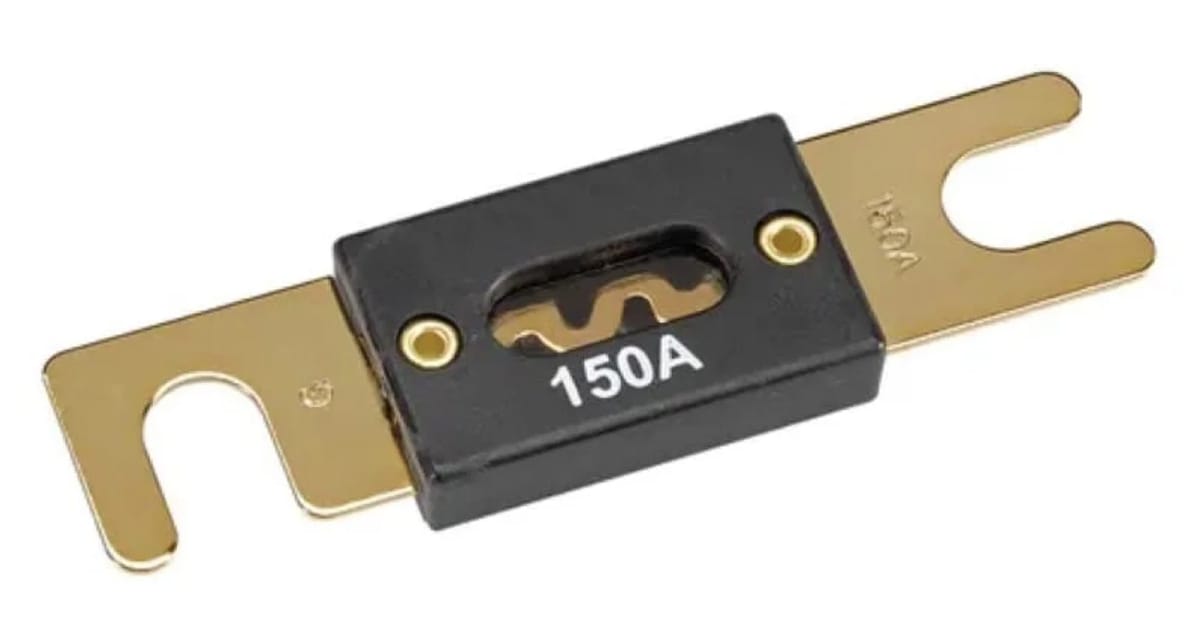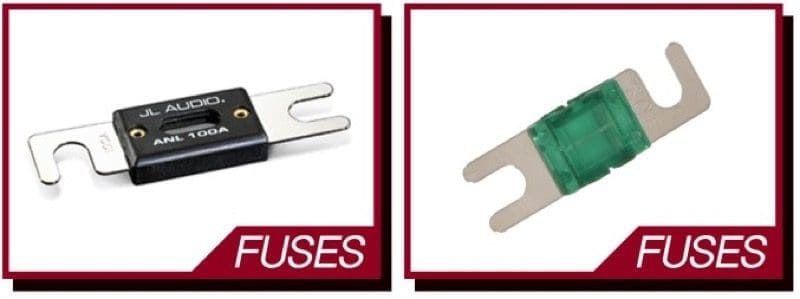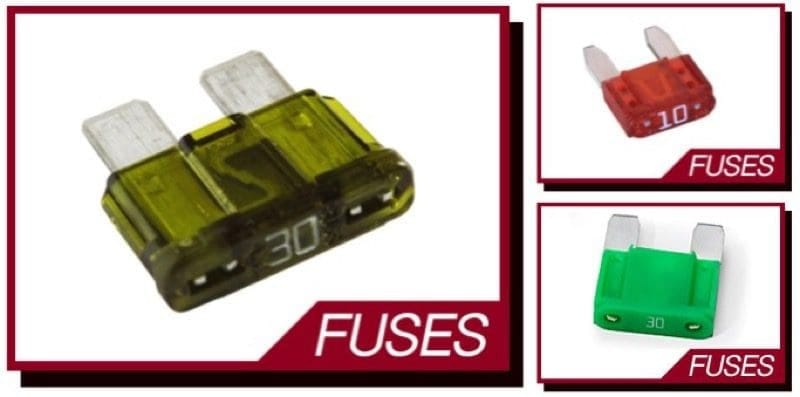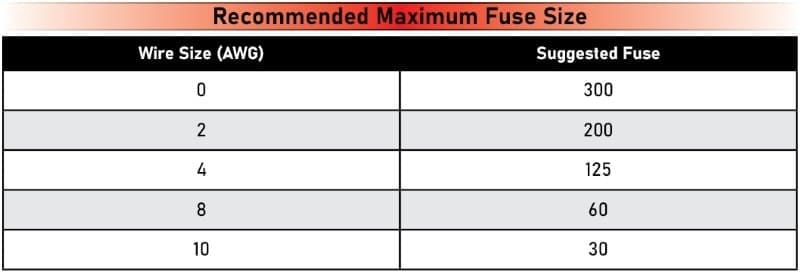Fuses are the most important safety devices in a car audio system. A properly installed fuse prevents electrical faults from turning into catastrophic failures that can damage your vehicle, your equipment, or worse, start a fire. While amplifiers, subwoofers, and speakers often get the spotlight, proper electrical protection is the backbone of a reliable, professional-grade installation.
Why Fusing Matters in Car Audio
Every aftermarket audio system draws power from the vehicle’s 12-volt electrical system. High-power amplifiers may pull hundreds of amps of current during peak demand. If a wire shorts to ground without a fuse in place, that energy can instantly melt insulation, ignite carpet, or destroy expensive electronics.
A fuse is designed to be the weakest link in the chain. If current rises above a safe threshold, the fuse opens the circuit and stops the flow of electricity. This simple safeguard is what keeps faults from escalating into emergencies. Skipping a fuse is never worth the risk.
Types of Fuses Used in Car Audio
Several types of fuses are commonly used in mobile audio installations:
ANL and Mini-ANL: Rugged, high-current fuses used in under-hood applications and amplifier power lines. They are the professional standard for systems that draw large amounts of current.
AGU: Older glass-style fuses once popular in car audio. While still available, they are less reliable than ANL designs.
Blade Fuses (ATO/ATC, Maxi): Common in vehicle fuse boxes and suitable for smaller accessories or distribution blocks.
Professional installers select fuse types based on the current demands of the system, the location of installation, and the need for durability.
Proper Fuse Placement
The most important fuse in any aftermarket audio system is the main fuse mounted near the battery. Best practice dictates that this fuse be installed within 18 inches of the positive terminal. If the power wire were to short between the battery and the fuse, the result could be catastrophic.
Secondary fusing adds another layer of safety. Fused distribution blocks protect multiple amplifiers or accessories by providing individual protection for each wire. Inline fuse holders are also used for smaller devices such as digital signal processors or lighting upgrades.
How to Choose the Right Fuse Size
A fuse should be matched to the safe current-carrying capacity of the wire it protects, not simply the rating of the amplifier or device. Oversizing a fuse defeats the purpose, allowing dangerous current levels to pass. Undersizing can lead to nuisance blowing, where the fuse opens during normal operation.
For example, a 4 AWG power wire typically supports up to 125–150 amps safely. If that wire powers a distribution block, the main fuse should match the safe limit of the wire, not the total draw of all connected amplifiers. Professionals use charts, calculations, and experience to size fuses correctly.
Beyond the Fuse: Circuit Breakers and Distribution Blocks
Circuit breakers serve the same purpose as fuses but can be reset rather than replaced. Some installers prefer them for convenience during troubleshooting. High-quality circuit breakers are reliable, but they are bulkier and more expensive than fuses.
Distribution blocks are often fused as well. They split a large power wire into multiple smaller ones, with each branch fused appropriately. This ensures that each amplifier or accessory has independent protection.
Common Mistakes with Fusing
Unfortunately, fusing mistakes are common in rushed or inexperienced installations. Some of the most dangerous errors include:
- No fuse at all: The single most hazardous oversight.
- Fuse mounted too far from the battery: This leaves unprotected wire that can short.
- Oversized fuses: Allowing more current to flow than the wire can handle.
- Cheap fuse holders: Poor-quality holders can loosen, corrode, or even melt under load.
Every one of these mistakes increases the risk of equipment failure or fire.
Why Professional Installation Ensures Electrical Safety

Professional installers are trained to treat electrical protection with the seriousness it deserves. They understand proper fuse sizing, placement, and the importance of using high-quality components. Shops with certified technicians also stand behind their work with warranties and insurance coverage, something DIY installations cannot match.
A professional installation is not just about making your system sound better. It is about ensuring it operates safely for the life of your vehicle. From properly crimped ring terminals to secure mounting of fuse holders, the details matter.
Conclusion
Fusing and electrical protection are not optional add-ons. They are essential elements of every safe and reliable car audio installation. Proper fuses protect your vehicle, your equipment, and ultimately you. Whether you are planning a modest upgrade or a full competition-level system, make sure fusing is given the attention it deserves.
Visit a qualified retailer near you to learn more about proper electrical protection and professional installation practices for your audio system.




